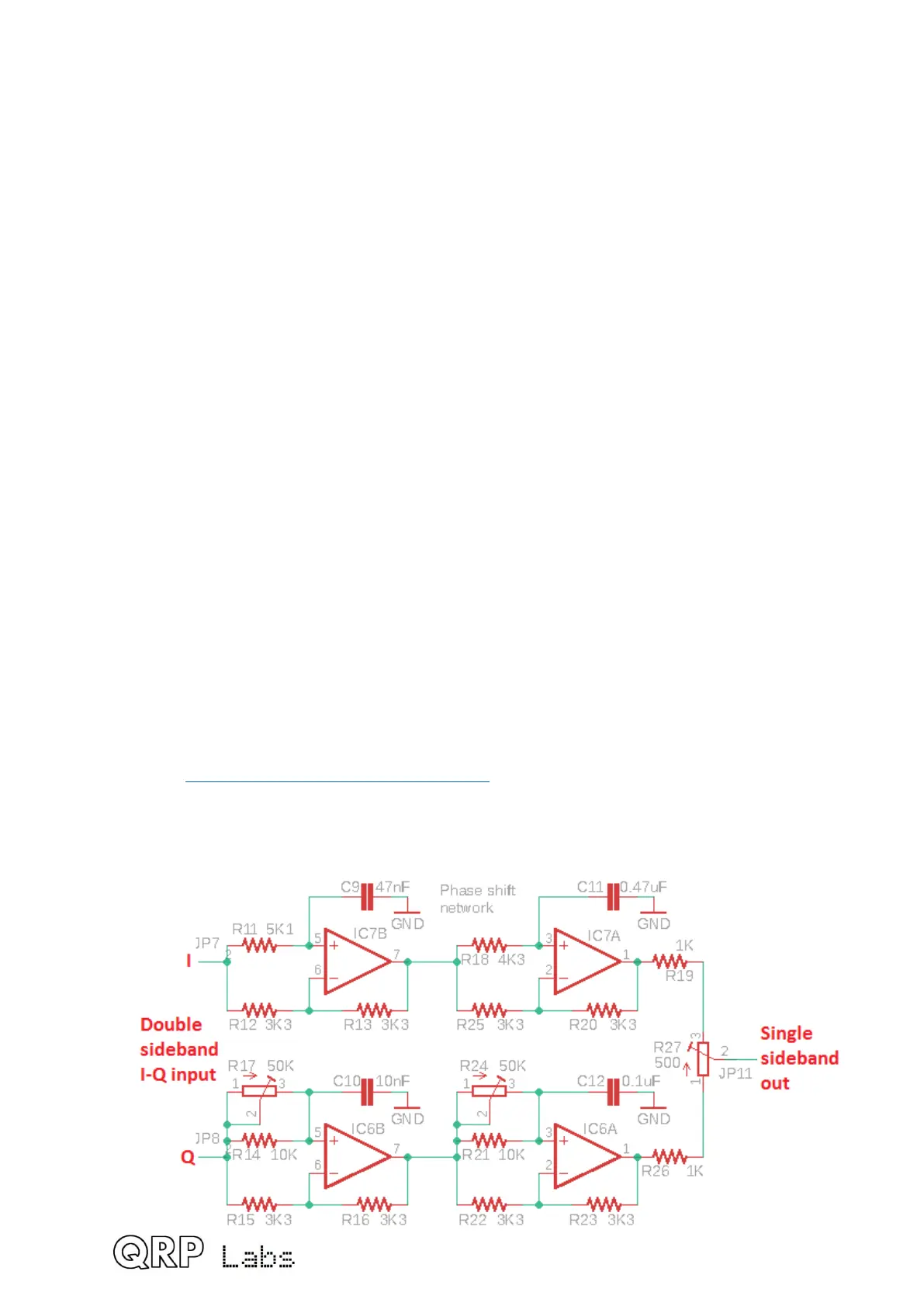1) Use of a square-wave drive to reduce switching losses: the transistors are either on,
or off… no lossy region in between
2) Reducing the effects of the transistor capacitances. Class-E has a resonant tuned
circuit. The capacitance of the transistors, normally an unpleasant lossy aspect, is
now a part of the tuned circuit.
Class-E also has a reputation for being difficult to achieve. All those intense mathematics
Google will help you find, don’t help. In reality, once you realize the secret – it is not so
difficult. Calculation of the impedance of a resonant circuit is simple, and there are many
online calculators which will do the job for you. For example, http://toroids.info/T50-2.php
which allows you to type in the operating frequency, and the desired resonant circuit
impedance. Then the calculator computes the required inductance, capacitance, and the
number of turns required for a certain toroid (in our case we use a T50-2).
The Class-E design process is simple. Choose the output impedance. We choose 50-ohms,
because this is the input impedance of the Low Pass Filter we will use. The online
calculator will tell you what inductance is needed, and how many turns to wind on the
toroid. The online calculator also tells you the required capacitance to bring it to resonance
at the operating frequency. Here we resort to experiment, because it is a little difficult to
know what the output capacitance of the transistor is. The device capacitance varies
depending on supply voltage and whether it is on or off. A simple experiment is required,
adding different small capacitances to the circuit, and measuring the efficiency (measure
supply voltage and supply current to calculate power input; then measure RF power output.
Divide one by the other to get the efficiency). It is easy to find what additional capacitance is
required to peak the efficiency. The resonance is quite broad and non-critical.
In this implementation, three BS170 transistors are used in parallel. The BS170 is
inexpensive and small, but is rated for 500mA drain current and up to 830mW of
dissipation. Per device. Three in parallel provides plenty of capability to achieve a 5W
output on a single band.
There are always minor variations between device characteristics from one transistor to the
next. If these were bipolar NPN transistors, we would not be able to parallel them in this
way. If one transistor takes more of the load and starts to heat up, its resistance further
decreases and this causes it to get even hotter. This process is known as “thermal
runaway” and results (quickly) in destruction of the transistor. Emitter resistors are used to
help balance the load. But
with MOSFETs, their
resistance INCREASES as
the temperature goes up – so
there is an inherent self-
balancing when multiple
devices are used in parallel,
without any need for
additional balancing resistors
which would increase
component count and waste
some power.
This oscilloscope screenshot
shows the classic Class-E
waveform. Please ignore the
ringing due to poor set-up of
89
